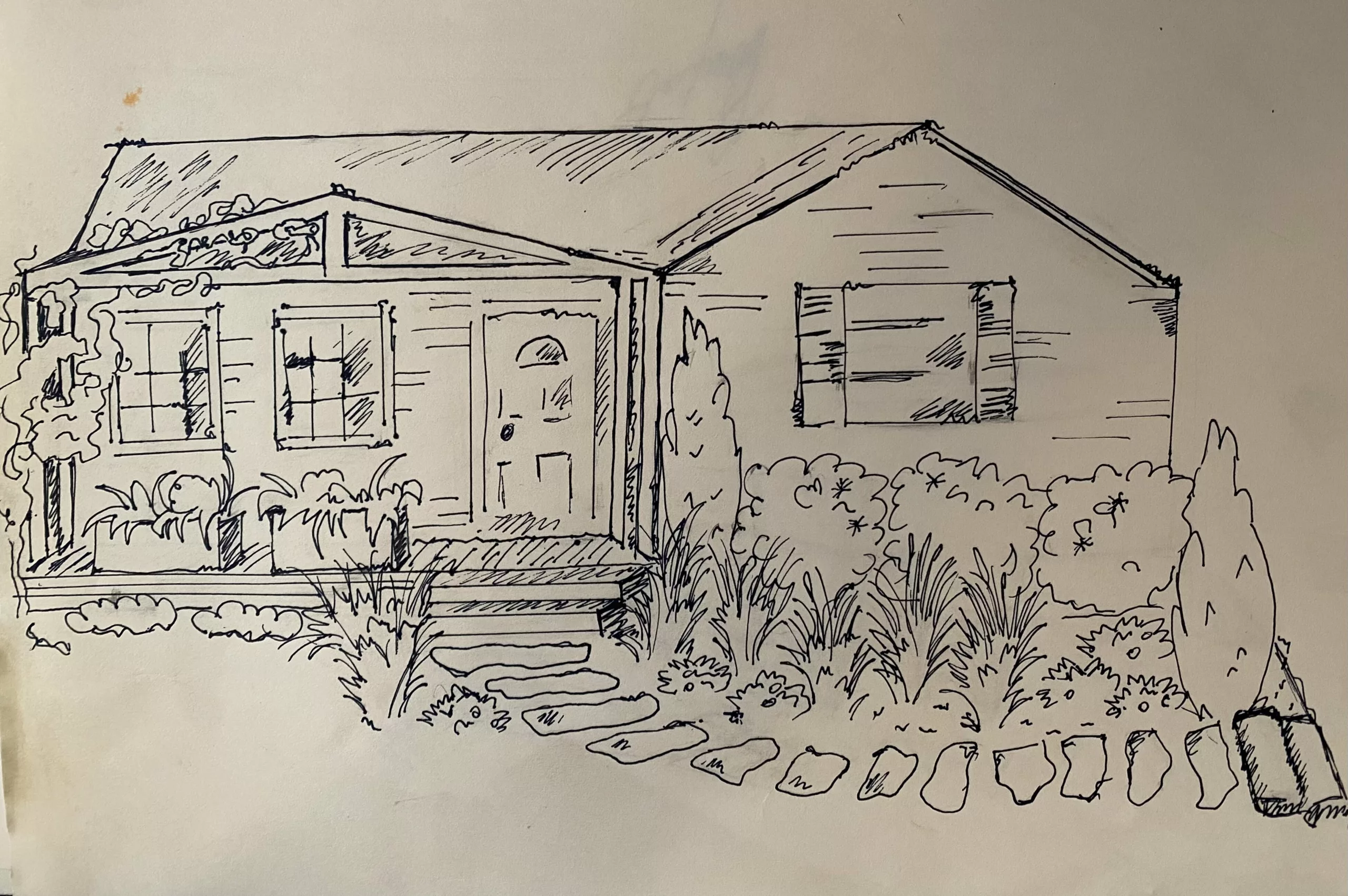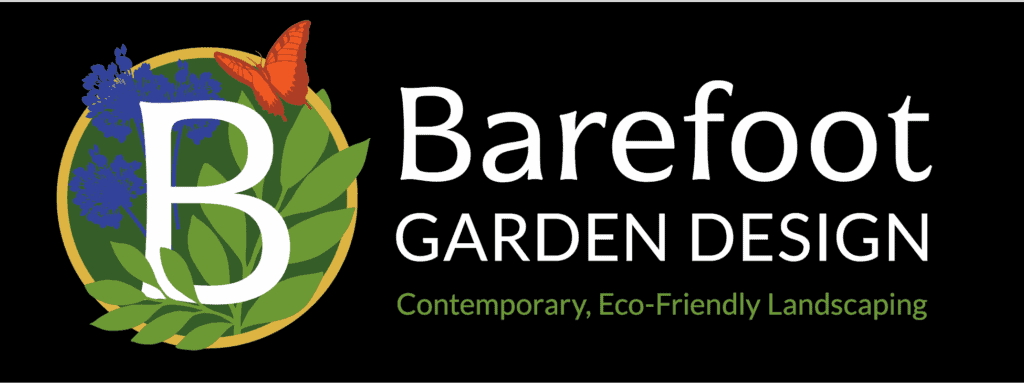If you’re allergic to poison ivy, backyard gardening can seem like a nightmare. To get rid of poison ivy without killing other plants may seem next to impossible.
Whenever you are planning to tackle a poison ivy outbreak in your yard, please use the utmost precaution. Wear long sleeves and pants, as well as gloves and high socks. If you can, wait to tackle your poison ivy project until winter when the plant loses its leaves. The roots and stems from the plant can still cause rash and itching, but there will be less of the plant to come into contact with.
I feel like it’s also worth mentioning that if you know you are going to be working around poison ivy, consider having a product or plan in place to prevent a rash. My mom swears by Ivarest Anti-Itch cream and wash (she’ll apply this to her hands and ankles right after working in the yard as a preventative). A friend of mine recommends Green Soap made with jewelweed. Personally, I opt for a lukewarm bath with 1c of baking soda and 1c ACV after yard working with poison ivy.
Whatever floats your boat, go with it! I just wanted to throw these ideas out there to help prevent any of your dears from itchy red rashes.
Poison Ivy’s Ecological Niche
Before we get into removing poison ivy, it’s important to recognize the niche poison ivy fills in the ecosystem. I know it’s kind of bonkers to think this plant, which can cause an incredible amount of pain and discomfort, has an important role for other plants and animals.
Poison ivy produces tiny blooms which lead to berries in the late fall and early winter. For songbirds– such as goldfinches– these berries are an important food source. In addition, poison ivy roots deeply and plays an important part in preventing erosion.
Perhaps most importantly, poison ivy plays a key part in protecting the boundary of forests. Sounds mystical right? Well, I mean it literally. Poison ivy, brambles, and thickets form dense patches at the edges of forest. These patches help retain soil moisture, prevent erosion, and stabilize temperatures within forests so they don’t change too rapidly.
How to prevent Poison Ivy
The poison ivy plant can spread as a vine, suckering through leaflets, or it can grow as a shrub. It’s also good at spreading its seeds, as the fruit is tasty to birds, reptiles, and small mammals. The combination of these factors can make poison ivy incredibly difficult to prevent.
Poison ivy performs so many important roles for the ecosystem. Once it is removed from an area, it’s quite important to replace it with another plant that fills a similar niche– without causing an itch. A choice plant for this is Virginia Creeper, which even looks similar, but won’t cause rashes. Other replacements include Native Clematis and some vining smilax plants.
How to get rid of Poison Ivy
To get rid of poison ivy without killing other plants, the best method is mechanical removal. Poison ivy cannot tolerate regularly moving or tilling. Frequently cutting back the plant to the roots will, in time, lead to its removal.
In addition to cutting back the plant, it can also be dug up– be sure to get as much of the root as you can! And be sure to wear protective gloves. This is probably the best method for removing poison ivy without getting rid of other plants.
The final method, which I dare to mention, is using chemical herbicides. I KNOW, I KNOW! We’re supposed to be the “eco-friendly gardening” site! I have other posts exposing the horrors of chemicals in gardening! How on earth could I recommend it for a plant that has such an important ecological role?!
Well in all honesty, it’s not my favorite recommendation. In fact, I think most people should never use this method. However, there are some people who are really, really allergic to poison ivy, and cannot have it in their garden.
For example, I have a relative who is so allergic, a bout with poison ivy could mean hospitalization and several months of steroid shots. In this case, I would not recommend pulling or mowing it, I’d recommend chemical warfare, and I’d probably suggest someone else do it.
Using the Last Resort– Chemicals
When using herbicide to control poison ivy there are three MAJOR guidelines that must be followed, or else I would not use this method at all.
- Wait to apply herbicide after the leaves have fallen and berries are gone (late winter, early spring). This limits birds, bees, and animal’s exposure to the herbicide.
- Apply herbicide when there is NO rain in the forecast. Like not even a drop. Apply on a day when there is minimal or no wind.
- When applying herbicide to poison ivy, cut the stem of the plant completely through and proceed to paint the herbicide over the cut. This ensures the plant will die completely, and significantly reduces the risk of the herbicide getting onto the soil or other non-targeted plants.
And, as always, if you are going to use a chemical to kill something, always always carefully read and follow every direction indicated on the label.
Conclusion
Though poison ivy can be an itching mess for us humans, it’s actually quite an important plant for revitalizing our forests and wilderness. In areas with low human-traffic, let the poison ivy grow wild, where it can feed birds and nourish the soil.
If it must be removed for the sake of safety, do so with great respect for all this plant does for us. Be sure to use plenty of precaution before dealing with this feisty plant. And always do your best to get rid of poison ivy without killing other plants who may be living around it.







